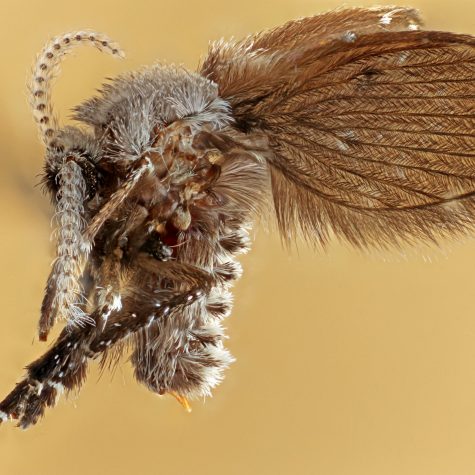Cicada – fifth instar (Cicadoidea)
$19.00 – $400.00Cicadas are in the superfamily Cicadoidea. Their eyes are prominent, though not especially large, and set wide apart on the anterior lateral corners of the frons. Cicadas live in temperate-to-tropical climates where they are among the most-widely recognized of all insects, mainly due to their large size and unique sound.
Cicadas live underground as nymphs for most of their lives, at depths ranging from about 30 centimetres (0.98 ft) down to 2.5 metres (8.2 ft). The nymphs feed on xylem sap from roots and have strong front legs for digging.
In the final nymphal instar, they construct an exit tunnel to the surface and emerge. They then moult (shed their skins) on a nearby plant for the last time and emerge as adults. The exuvia, or abandoned exoskeleton, remains, still clinging to the bark of trees.
















